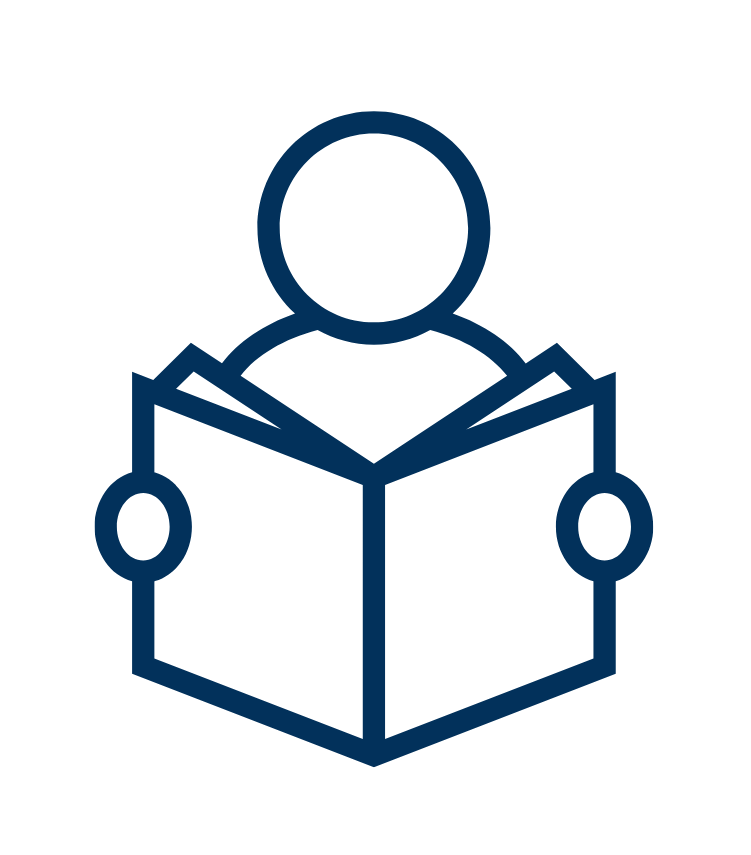For nearly a century, the Child Welfare League of America has set the benchmark for best practices in child welfare services. Our 13 Standards of Excellence, guided by the National Blueprint for Excellence in Child Welfare, serve as the foundation for quality child welfare practices nationwide. These standards are vital for improving services, guiding policy, and ensuring nationwide consistency in the care and protection of children.
Developed through a rigorous and inclusive process with experts throughout the country, these standards reflect the best current theory and practice, addressing both persistent and emerging issues. They have been a foundational tool for improving the national child welfare system, guiding policymakers, practitioners, advocates, and the broader public.
Standards are instrumental when planning and administering service, establishing state and local licensing requirements, and determining the requirements for accreditation. Standards provide guidance for staff development, training related fields, and in the orientation of boards and volunteers. They can help to explain and justify expenditures and budget requests to fundraising bodies, and appropriation requests to legislatures.
In a landscape of limited resources and growing challenges, CWLA’s Standards of Excellence represent a commitment to quality and accountability. They serve as a critical resource for the field, ensuring that child welfare agencies can meet the highest standards of care.
Topic and Service Areas




